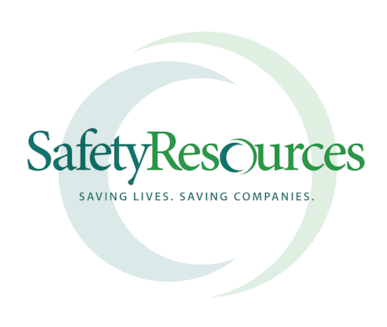
As much as a company strives to have a “zero accidents” workplace, unfortunately, incidents are eventually bound to occur. Even if one believes that these incidents happen “out of the blue”, there is always going to be a number of reasons that lead up to these events. Rather than stuffing incidents under the rug and trying to pretend as if they didn’t happen, it’s believed to be extremely beneficial when companies analyze these incidents and use them as learning lessons for the future. One of the best approaches when conducting an incident investigation is a Root Cause Analysis (RCA).
When conducting a RCA, it has been found that the approach helps companies not only understand the immediate factors (such as fatigue, equipment malfunction, working under the influence, etc.), but it also identifies the “hidden” systemic factors that have contributed to the incident (such as improper training, lack of supervision, poor safety culture, etc.). In a majority of these cases, there is always going to be systemic failures that lead to the progression of incidents occurring. This ranges from minor or near miss incidents, all the way to catastrophic or fatal incidents. If only immediate causes of incidents are identified and corrected, this is only helping the present problem, and not helping to prevent similar incidents from happening in the future. In most cases, it is not the employee who is involved in the incident that is to blame, but rather responsibilities from a higher up standpoint that must be addressed. One of the biggest key concepts to remember when conducting a RCA is that there’s rarely one factor that leads to an incident, but rather a combination of multiple factors that result in the sequence of events leading up to an incident.
Another key concept to keep in mind when performing an RCA is that details are highly important in determining the casual factors of an incident. It is recommended that those performing the investigation gather as many facts and evidence as possible to truly determine the root causes of the situation. Investigators should start off by creating a detailed timeline of the incident. This can be done by watching footage of the area, if possible, as well as talking to the person(s) involved in the incident, and the witnesses, immediate supervisors, etc. When conducting interviews for RCA investigations, it is extremely important for the interviewee to feel comfortable while being interviewed. It is crucial that the interviewee relay as much information as they can remember, so they must feel comfortable when doing so. One can do this by holding the interview in a common area, such as a break room, and starting the interview off by informing the interviewee that they’re not in any sort of trouble, but there to help prevent similar incidents from repeating in the future. Avoid interviewing individuals in an office setting, where they may get the feeling that they’re being reprimanded. Interviews should be limited to one interviewee at a time to avoid the interviewee from being swayed to give an answer other than what they personally believed happened. The interviewer should also avoid asking close-ended questions that limit the interviewee to “Yes” or “No” answers. One must to encourage the interviewee to give as much detail as possible so that they’re better able to understand what factors contributed to the event.
Other tools, such as photos of the scene, diagrams that map out the incident, reviewing documents related to the incident, and brainstorming, should all be used to help identify the factors that caused the incident. The more in depth one goes when conducting a RCA investigation, the more likely they are to reveal extensive truths about what caused the event to occur. There is no need to rush the RCA investigation process, going through the motions too quickly may cause for something, or somethings, to be overlooked. The main objectives of a RCA are to determine all of the factors that played a role in the incident, determine ways to correct those factors, implement the corrective actions, evaluate the effectiveness of the new process, and most importantly, eliminate the potential for similar factors and incidents to exist in the workplace.

080119
Related Topics: The Consultant's Corner